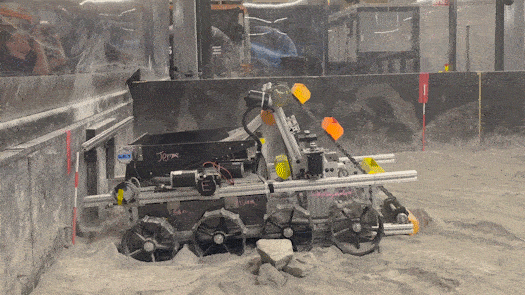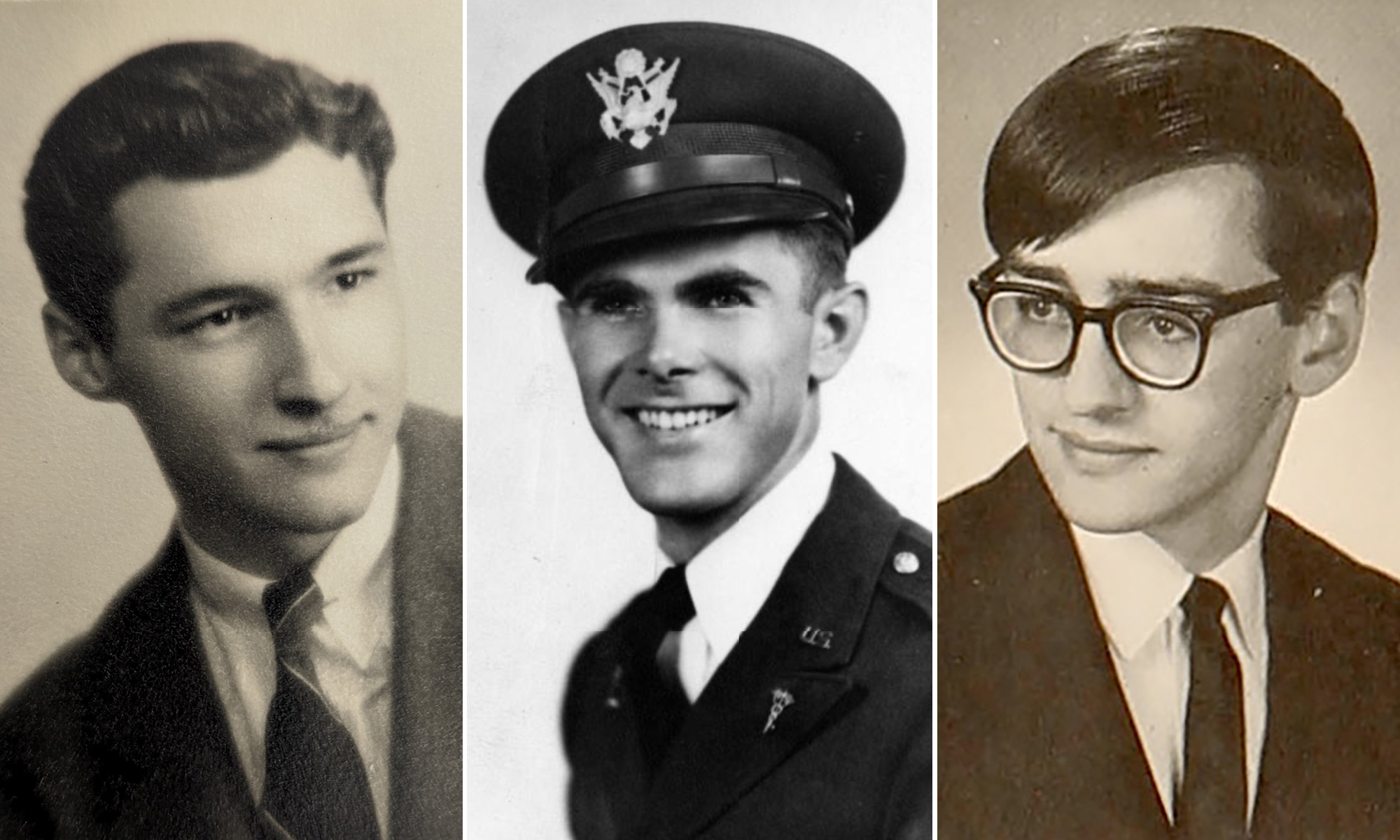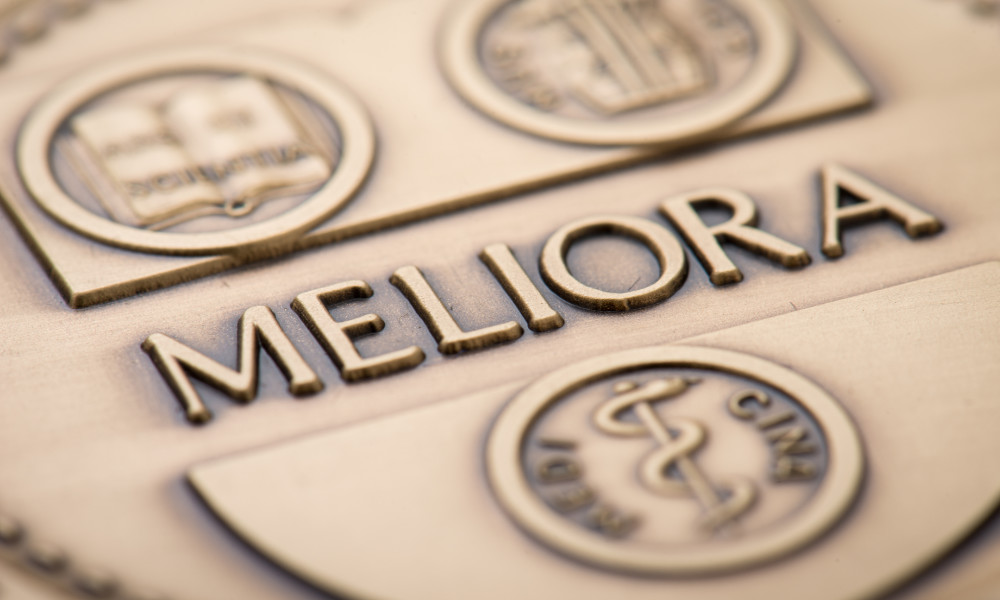Three questions
Favorite University tradition? “My favorite University tradition has to be Eastman’s Holiday Sing. I recall in my freshman year I stumbled upon it; I had heard nothing about it previously. I turned the corner into Lowry Hall to find it absolutely packed with students and community members alike, while various student groups performed clever arrangements of everyone’s favorite holiday songs!”
How have you changed since your first year? “In many ways, I pride myself on not having changed too drastically over the last four years. However, as my studies intensified in the last two years, I have had to more fiercely defend my social life, which I believe has been good for me. I do not believe it has been a detriment to my academic pursuits, but rather I think it helped keep me sane and grounded, preventing me from becoming overwhelmed! While I still maintain that the purpose of college is, first and foremost, an educational one, it should not be at the expense of a social life.”
What advice would you give to incoming students? “Be involved, especially with things that you enjoy but also try to enjoy the things that are required of you. Remind yourself often how fortunate you are to be here . . . it’ll be over before you know it.”
Making their mark: This is one in a series of profiles celebrating members of Rochester’s graduating class of 2018.
Earlier this spring, Ivan Suminski ’18, ’18E found himself in an enviable dilemma.
The paths he could follow were manifold. Should he apply to graduate school to continue his violin studies or to research the biophysics of the inner ear? Or should he instead apply for an engineering job, knowing that a company would likely pay for him to go to graduate school later?
All were valid options, thanks to the mechanical engineering and violin performance degrees he had been working toward simultaneously through the University of Rochester’s Dual Degree with Eastman program.
But now his path is clear. Suminski will attend the University of Michigan School of Music this fall to continue his violin studies. And no wonder. Ask him what he’d most like to be doing 15 years from now, and there’s no hesitation.
“My dream would be to perform in a string quartet, in addition to teaching. The likelihood of that happening is pretty slim, but I have a pretty safe backup with my engineering degree,” the native of Traverse City, Michigan, says.
Without a doubt, Suminski’s academic program has been demanding. Rochester’s accredited engineering curriculum includes a heavy load of required courses, which must be followed sequentially, leaving little “wriggle” room to fall behind. In addition, it culminates in a senior design project that can be time consuming.
In the meantime, Suminski, who is a McLaughlin Scholar and a Walawender Scholar, has practiced the violin two to three hours a day to prepare for his senior recital required for his music performance major—while also playing six hours a week in an orchestra, taking lessons, and completing classes in theory and history.
Suminski has not only excelled academically but also has found time to serve others. Active in the University’s Catholic Newman Community, he organized and led a service trip to Frenchville, Pennsylvania, to help elderly residents with yard work and other chores.
“Some had had really bad experiences trying to go into nursing homes and, as a result, were fiercely independent but still needed help just living on their own,” Suminski says.
“The interesting thing I learned on that trip is how we conceive of poverty. There is certainly financial poverty. But there are other kinds of poverty. There’s the need for human connection for some of these people.”
Along the way he’s made some additional discoveries:
- A good professor can make the “uninteresting,” interesting. “The class that I was not expecting to enjoy, and then really enjoyed, was music theory,” Suminski says. Eastman’s Henry Klumpenhouwer wielded both humor and “a great way of explaining everything” to turn a potentially dry topic—German harmonic theory—into one of Suminski’s favorite subjects.
- While seeming disparate, engineering and music majors complement each other. For example, as both a violinist and an engineer, Suminski is intrigued with the research that Jong Hoon Nam, an associate professor of mechanical engineering, is doing on the biophysics of inner-ear sensory cells. And it was equally interesting for Suminski to have an internship this past summer with a company that produces musical accessories—including violin strings.
- It’s a joy to perform with a small ensemble. “There’s an independence that you have,” Suminski says. “When you’re a violinist in an orchestra, you’re just one in a sea of violins. Any little expressive nuances that you personally add to the music get lost.” As a chamber musician, “you’re still responsible to the group, but you have some individual flexibility in artistry on your own part. It’s a really fun environment to work in.”
That’s one reason playing in a small ensemble is a dream. “That wouldn’t even feel like work to me,” he says.



